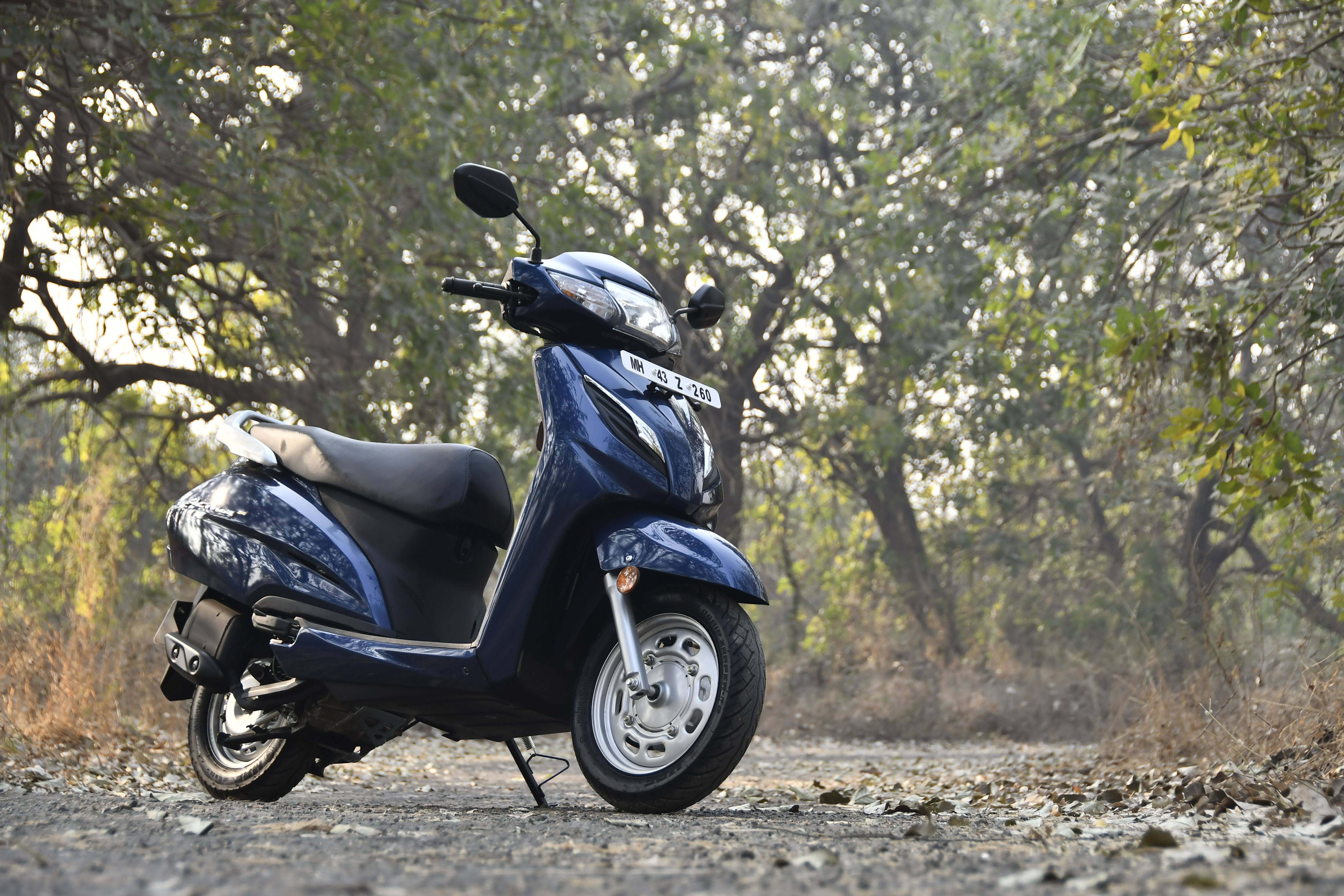2022 Subaru BRZ – why doesn’t it get a turbocharger?
Joy to the world, a new sports car has been revealed. Earlier this week, Subaru unveiled the second-generation BRZ, and it looks to improve upon the original that first made its debut way back in 2011. One of the main highlights of the redesigned sports car is its engine, which finally answered the demands from fans for more power.
Under the bonnet, the new BRZ is powered by a FA24D 2.4 litre naturally-aspirated boxer four-cylinder petrol unit that makes 228 hp and 249 Nm of torque, which is an improvement over the first-generation model’s FA20D 2.0 litre engine that offered 205 hp and 212 Nm. That’s all well and good, but why didn’t Subaru opt for turbocharging to squeeze out even more power?
This question was posed by Road & Track during the launch of the BRZ, and the reply from Dominick Infante, director of communications at Subaru of America, is that doing so would have led to a lot of comprises.
According to Infante, the BRZ’s 2.4 litre unit is essentially the turbo-less version of the FA24F used in the Ascent. The engine used in the three-row SUV features a bottom-mounted turbocharger, and fitting that system in the BRZ would have required engineers to raise the engine height.
The result would be a higher centre of gravity for the sports car, which would have a negative impact on its handling prowess, something that Subaru isn’t willing to do for more power. Additionally, a turbocharger adds weight and cost to the package, detracting from the BRZ’s ethos as an affordable and lightweight sports car with engaging handling.
Aside from the larger displacement and higher outputs, the new engine also has a higher redline of 7,500 rpm, which is an increase of 100 rpm from before. Compared to the outgoing BRZ, peak torque now comes in much earlier at 3,700 rpm instead of 6,400 rpm, while peak horsepower is reached at an unchanged 7,000 rpm.
Subaru engineers also made it a point at giving the new car a significantly flatter torque curve, which was something the first-generation model could not provide – current owners are probably very familiar with the FA20D’s torque dip from 3,000 to 5,000 rpm.
Despite all these improvements, there will still be enthusiasts that will lambast Subaru for not giving the new BRZ a turbocharger. Seeing how the previous model had a vast number of aftermarket upgrades available, it shouldn’t be long before we see tuning companies come up with forced induction solutions to satisfy the power-hungry crowd.
The post 2022 Subaru BRZ – why doesn’t it get a turbocharger? appeared first on Paul Tan's Automotive News.
from Paul Tan's Automotive News
Read The Rest:paultan...




Post a Comment